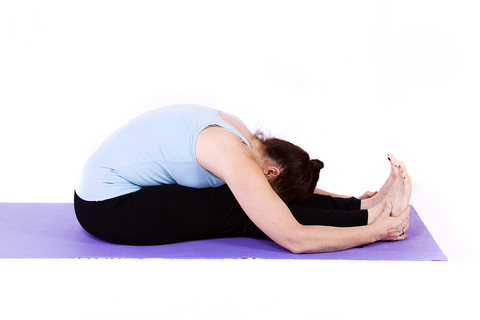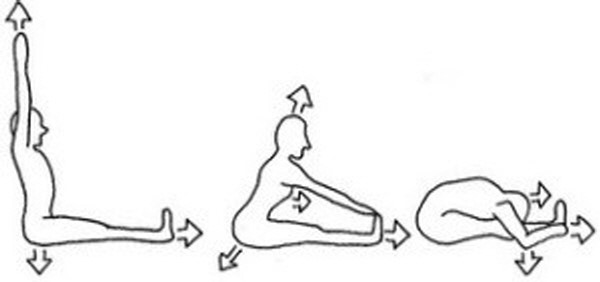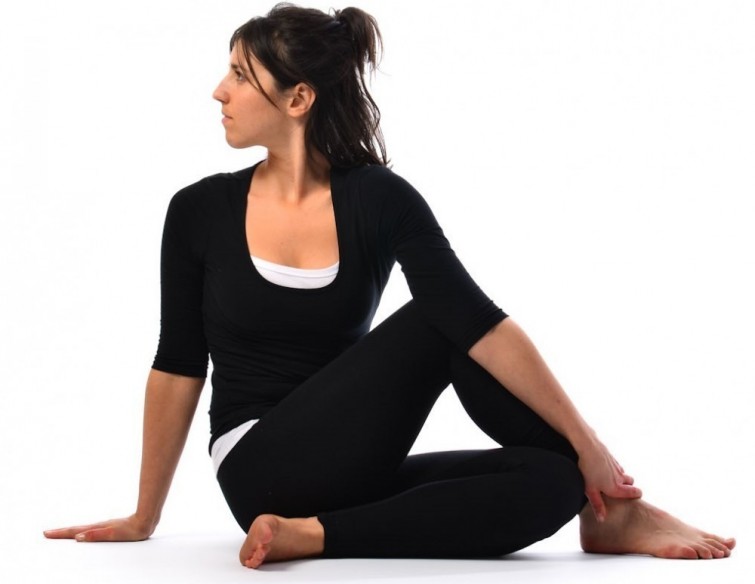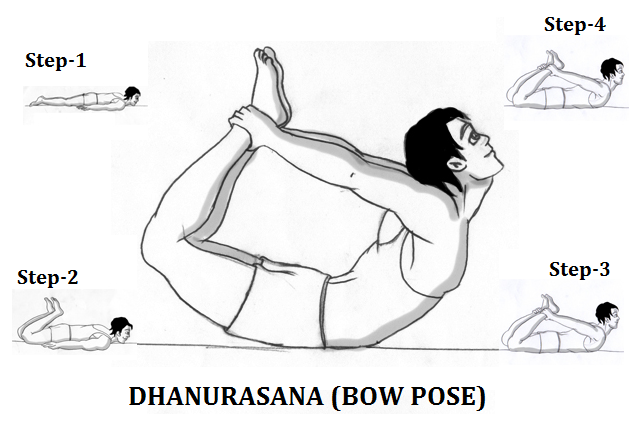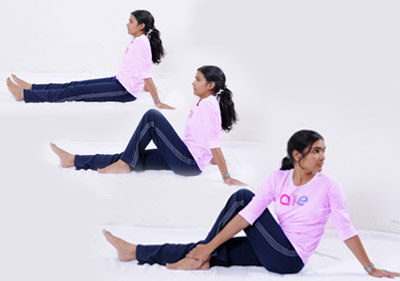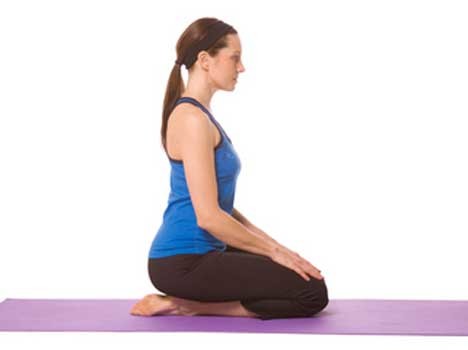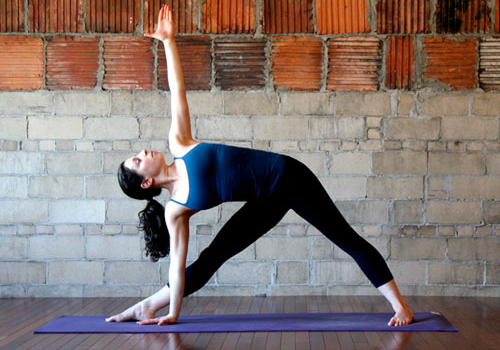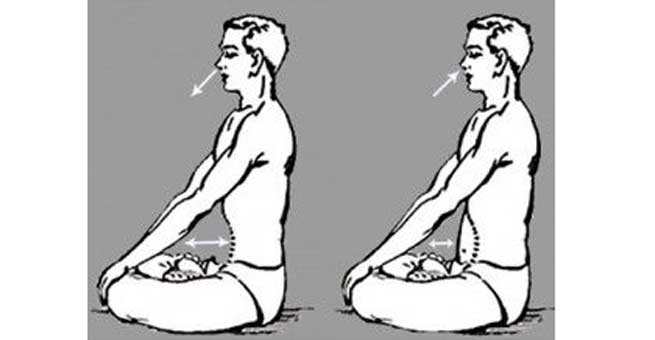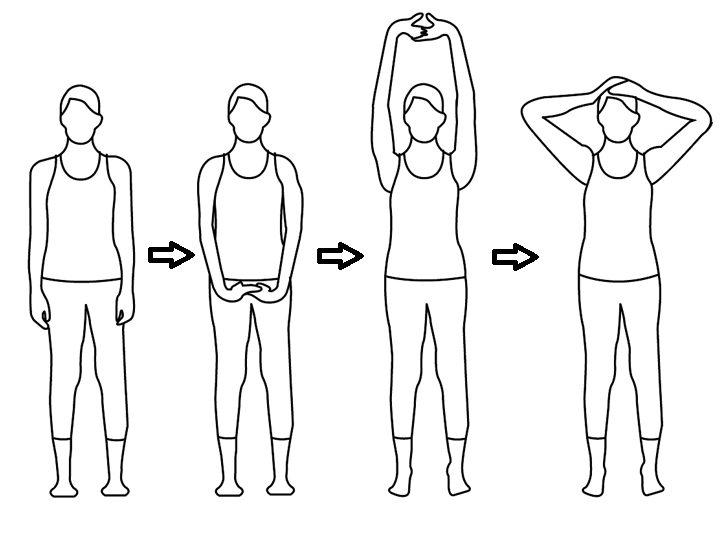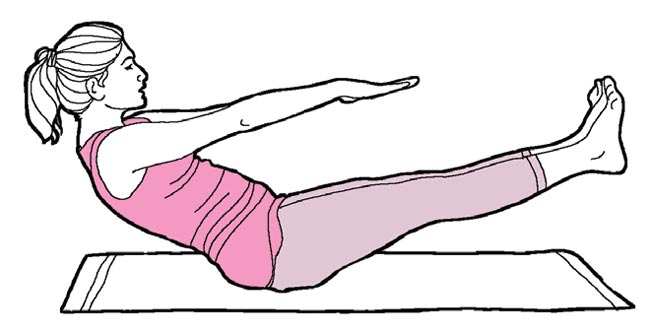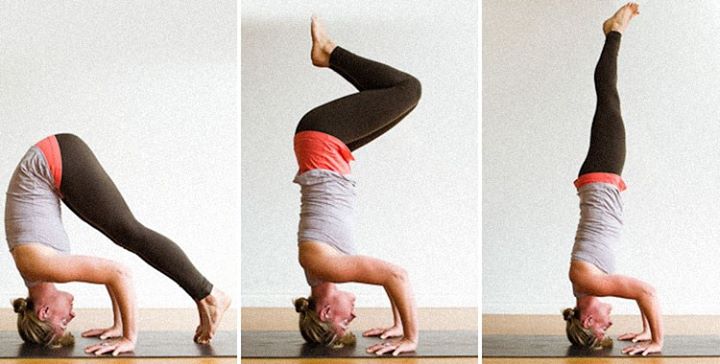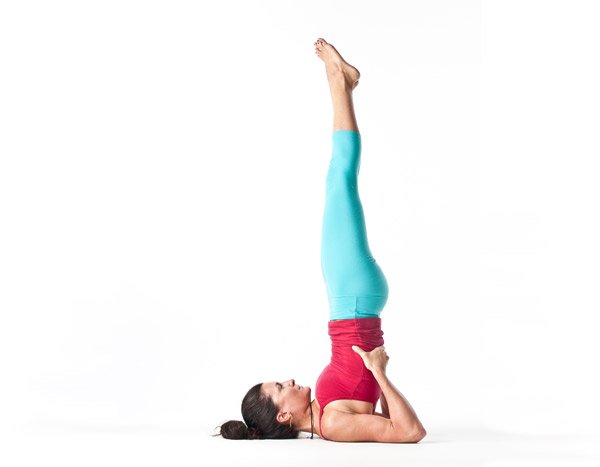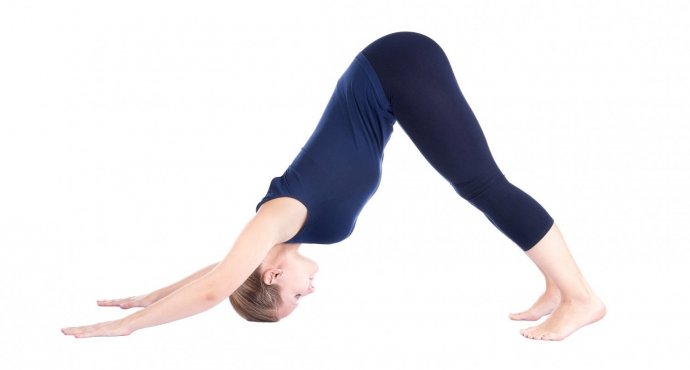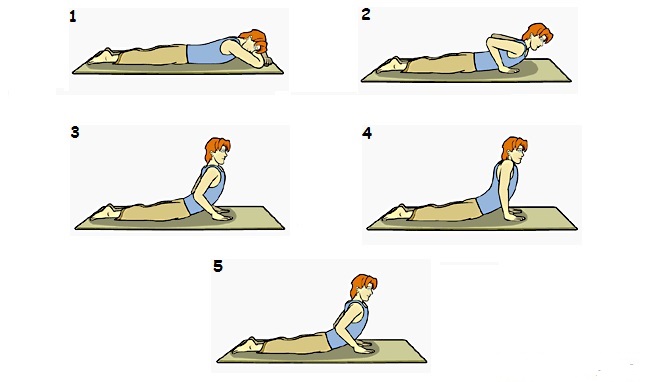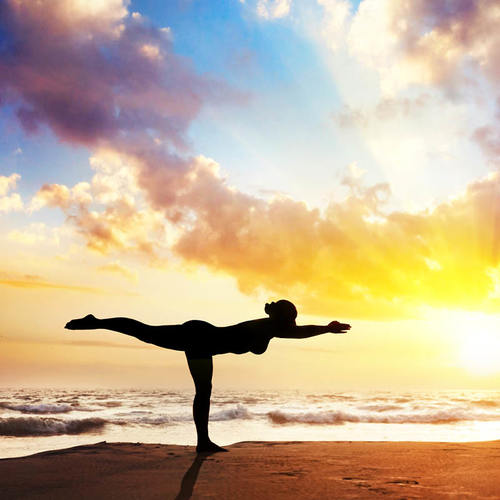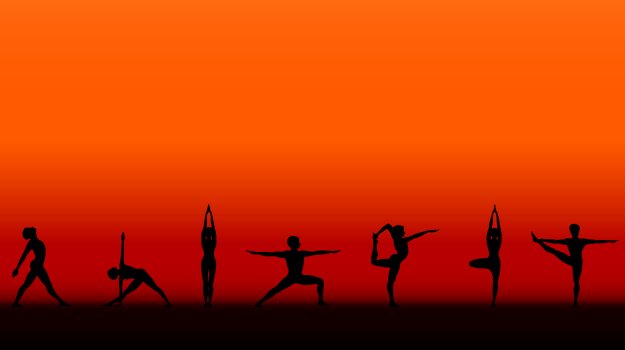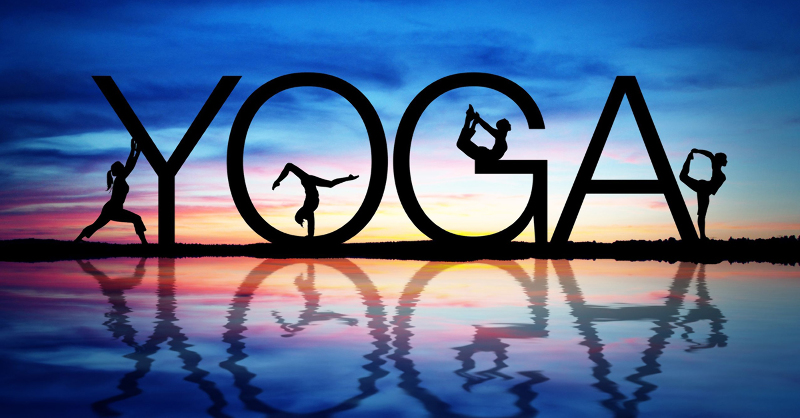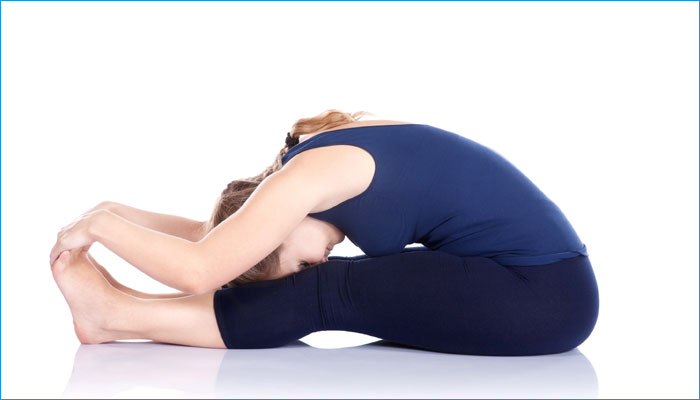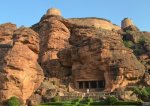Paschimottanasana
Updated on 30-06-2020
Paschimottanasana or seated forward bending position or intense Dorsal stretch is an asana in hatha yoga. Paschimottanasana is seated forward bending asana where one tries to hold the toes of the legs while sitting straight on the floor. This asana helps people suffering from diabetes.
The name comes from Sanskrit word ‘paschima’ means west, uttana means intense stretch and asana means posture. It is a very simple hatha yoga asana but has a lot of benefits.
steps to do Paschimottanasana
- Sit straight on the yoga mat with legs stretching straight and forward.
- The pose is started from Dandasana (seated Pose)
- The toes of the legs should be kept straight.
- Breathing in bend forward from the hip joints while your chin moves forward.
- While breathing in, raise your arms and let the fingers be pointing towards the sky.
- Exhale and bend forward and try to touch the toes of your legs with your fingers without bending the knees.
- For beginners they can bend the knees a little bit till they get used to this asana.
- Inhale and keep your arms by the side of your knees.
- Exhale and try to touch the knees with your forehead or nose.
- Keep the head between the legs. Stay in this position for 20 seconds.
- Breathing in, slowly return to the normal position with arms stretching forward.
- Put the arms down while exhaling and relax.
- As a beginner never push yourself too hard as it may cause injuries. Hence at the beginning you can slightly bend your knees and move forward. Once the body becomes flexible you can do it without bending the knees.
Benefits of paschimottanasana
- Helps in stimulating intestines and gallbladder.
- Helps for people suffering from diabetes.
- Stretches, the muscles of arms, back legs and tones whole body muscles.
- Helps in balancing the menstrual cycle for women.
- This asana is good post delivery to women for taking away the belly fat and toning of the whole body.
- Good stress reliever.
- Removes anxiety, irritation from mind. Helps in calming of mind.
- Helps to relieve stress and mild depression.
- Soothes headache and anxiety and reduces fatigue.
- Regular practice can cure impotency.
Precautions
- Pregnant women should avoid doing this asana as it gives a lot of pressure on the abdomen.
- Women during menstruation should avoid doing this asana.
- People suffering from backache should avoid doing this asana.
- People suffering from asthma should avoid doing this asana.
- Ulcer patients should take the advice of the physician before doing this asana.
Variations:
There are many variations in Paschimottanasana.
Urdhva Mukha Paschimottanasana where both legs and hands are pointing upwards. Parivritta Paschimottanasana is where the body is twisted to one side and the hands are reversed in such a way that if the body is turned right then the left hand grasps the right foot. Some other variations include Trianga Mukhaikapada Paschimottanasana where one leg is bent and Ardha Baddha Padma Paschimottanasana where one leg crossed over the other as done in Padmasana
Update on coronavirus in India
Affiliate Disclosure:
If you make any purchase via a link on this site, I may receive a small commission with no added cost to you.
